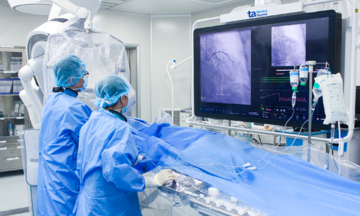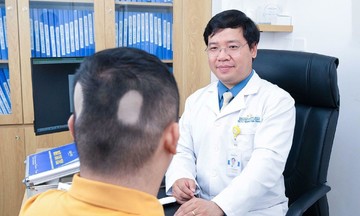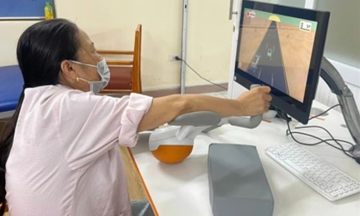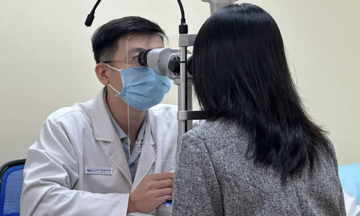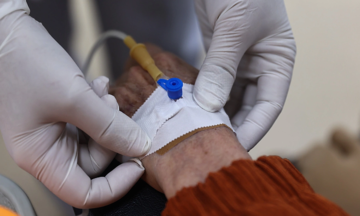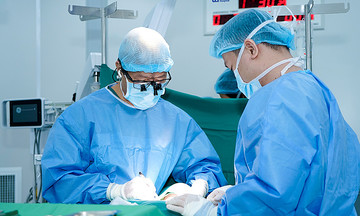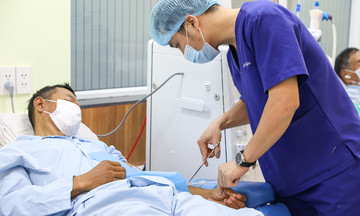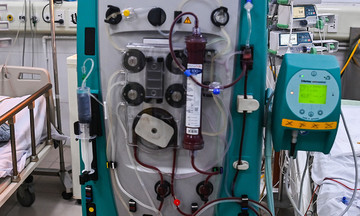Trung experienced infertility due to obstructive azoospermia, a condition where the testicles produce sperm but it cannot be ejaculated. He underwent unsuccessful corrective surgery at another hospital. Dr. Phan Ha Minh Hanh of the Fertility Support Center at Tam Anh General Hospital - District 8, explained that the previous unsuccessful surgery left scar tissue. A second intervention would risk damaging blood vessels and anatomical structures, lowering the success rate and increasing the risk of complications.
 |
Dr. Hanh examines and advises a couple. Illustrative photo: Tam Anh General Hospital - District 8 |
Dr. Hanh recommended TESE. This procedure has a high sperm retrieval rate while only requiring a small tissue sample, making it minimally invasive and less damaging to the testicles and duct system. It also preserves the option for future vas deferens reconstruction if needed.
The surgical team made a small incision in Trung's testicle and retrieved a tissue sample, which was then transferred to the lab. Embryologists dissected the tissue to release sperm from the seminiferous tubules. Within 30 minutes, enough sperm was collected for one IVF cycle and cryopreserved for a future cycle.
Concurrently, Trung's wife underwent egg retrieval in an adjacent room. Ovarian stimulation resulted in 20 eggs, from which one grade 3 day-5 embryo was successfully cultured. Intracytoplasmic sperm injection (ICSI) was used to fertilize the egg. Trung's wife conceived on the first embryo transfer and is now more than 10 weeks pregnant.
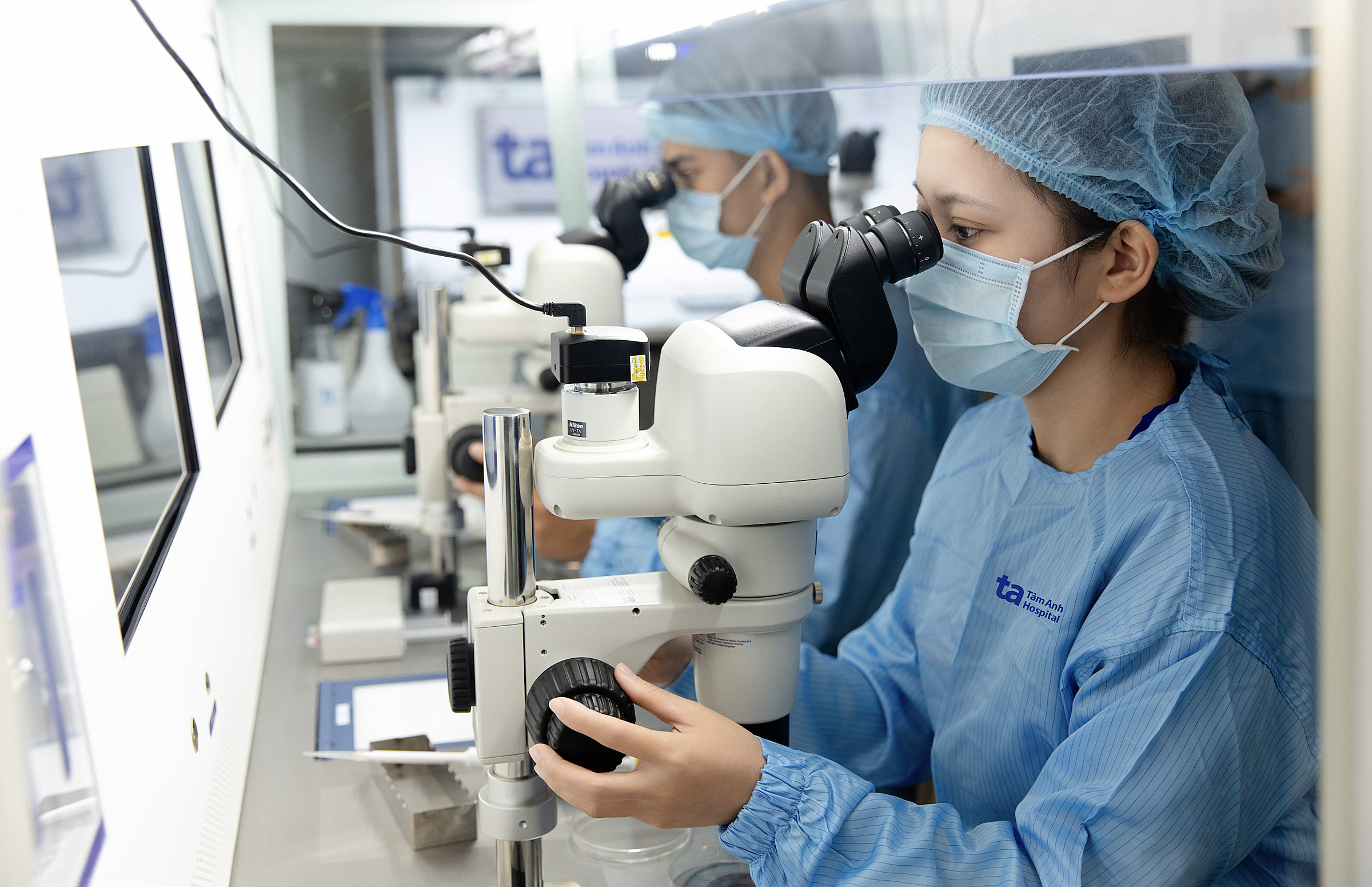 |
Tam Anh IVF embryologist performs ICSI and embryo culture. Photo: Quoc Thang |
The absence of sperm in semen can be due to obstructive or non-obstructive causes. Congenital obstructive azoospermia, where a man is born missing part or all of the vas deferens, is often linked to gene mutations that cause cystic fibrosis. It can also result from sexually transmitted infections like gonorrhea or chlamydia, urinary tract infections causing epididymitis or vas deferens inflammation, severe scrotal trauma, post-surgical damage, or voluntary vasectomy for contraception.
Dr. Hanh advised men experiencing these symptoms to seek prompt medical consultation and treatment. Diagnostic procedures include endocrine testing, ultrasound, testicular biopsy, and genetic analysis. Depending on the cause, doctors may recommend reconstructive surgery to restore the natural flow of sperm, enabling natural conception. However, there is a risk of post-operative blockage recurrence. In such cases, techniques like microsurgical epididymal sperm aspiration (MESA), percutaneous epididymal sperm aspiration (PESA), or TESE can be used for IVF.
Dinh Lam
*The patient's name has been changed.



